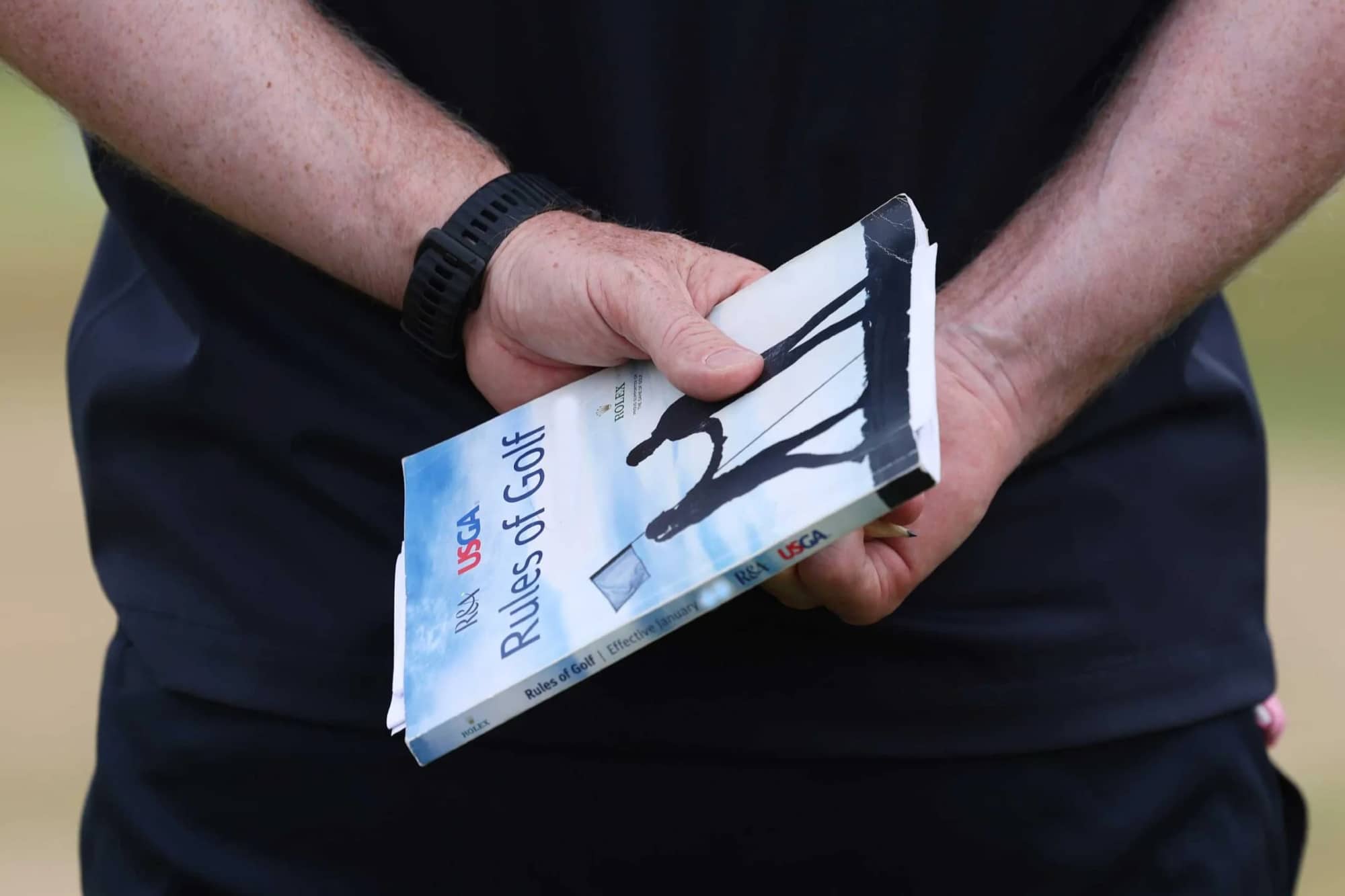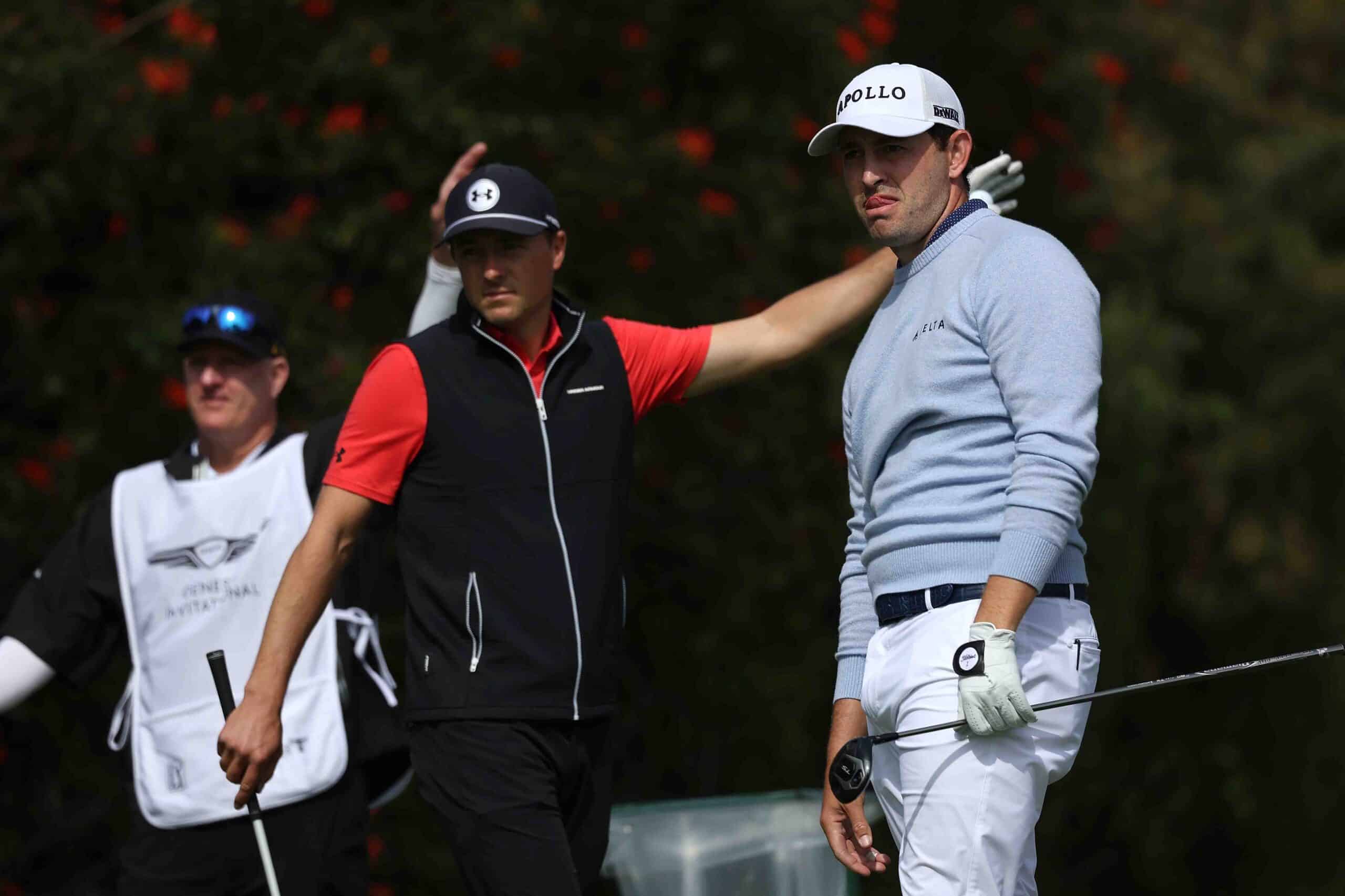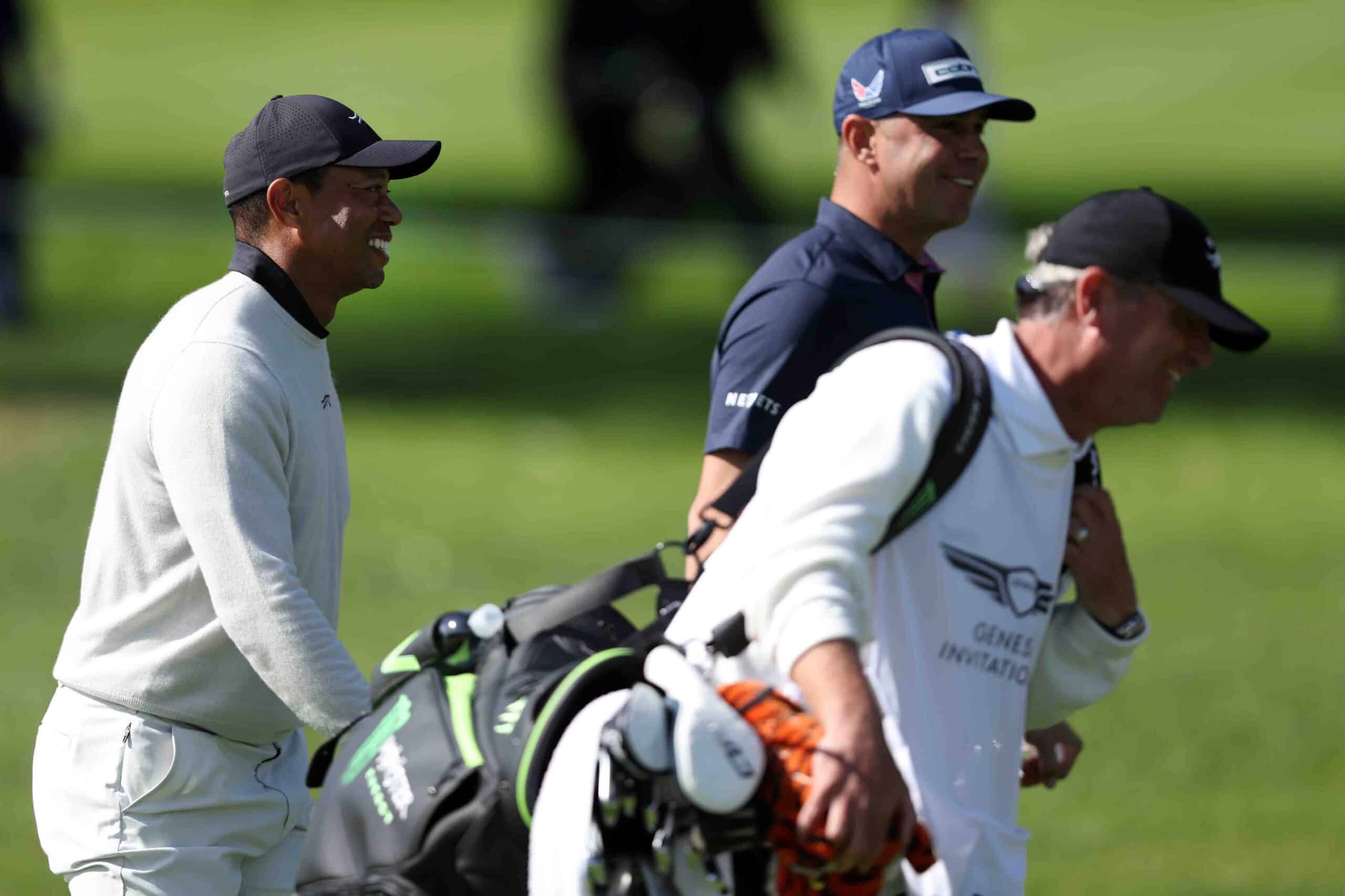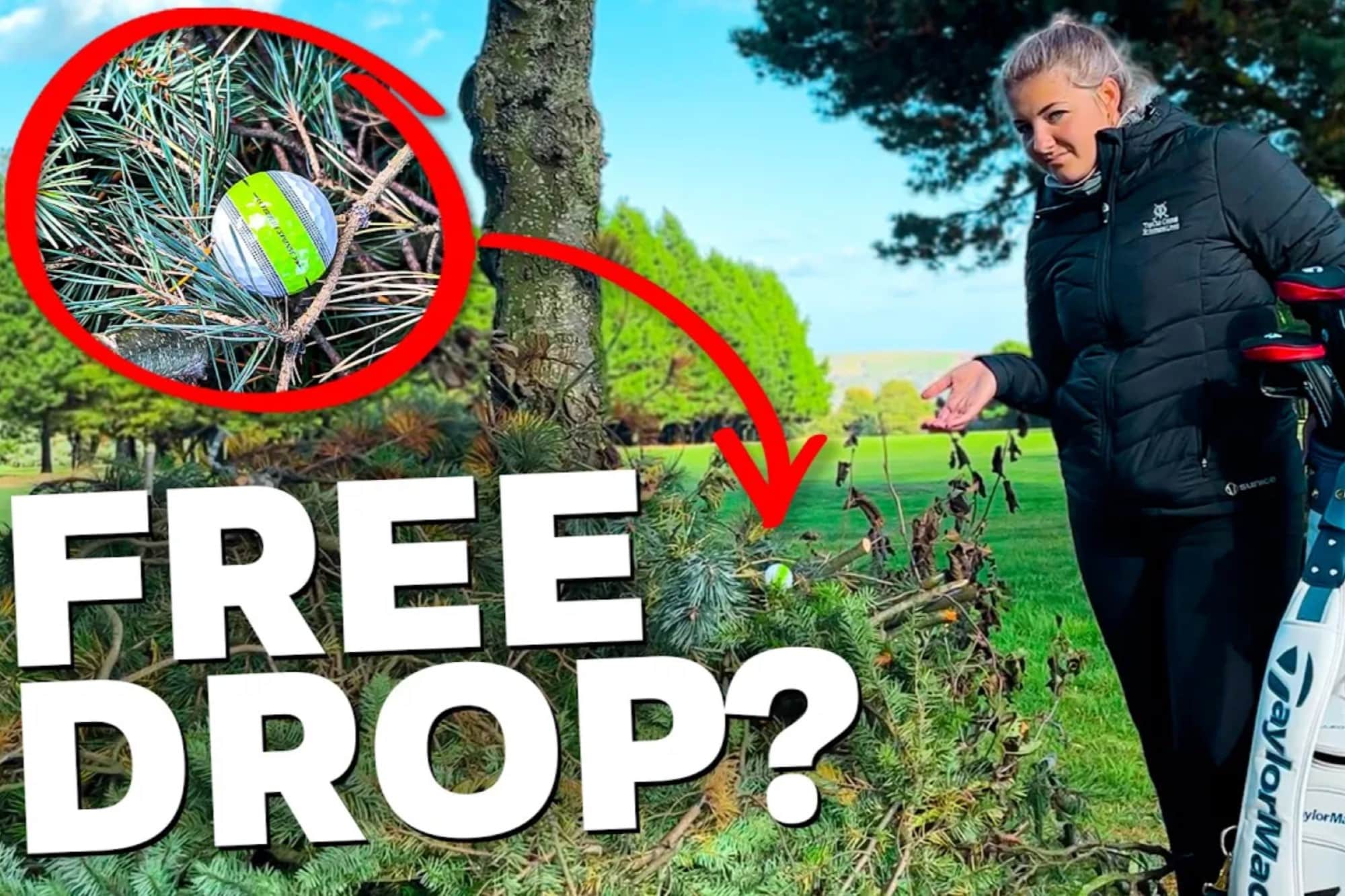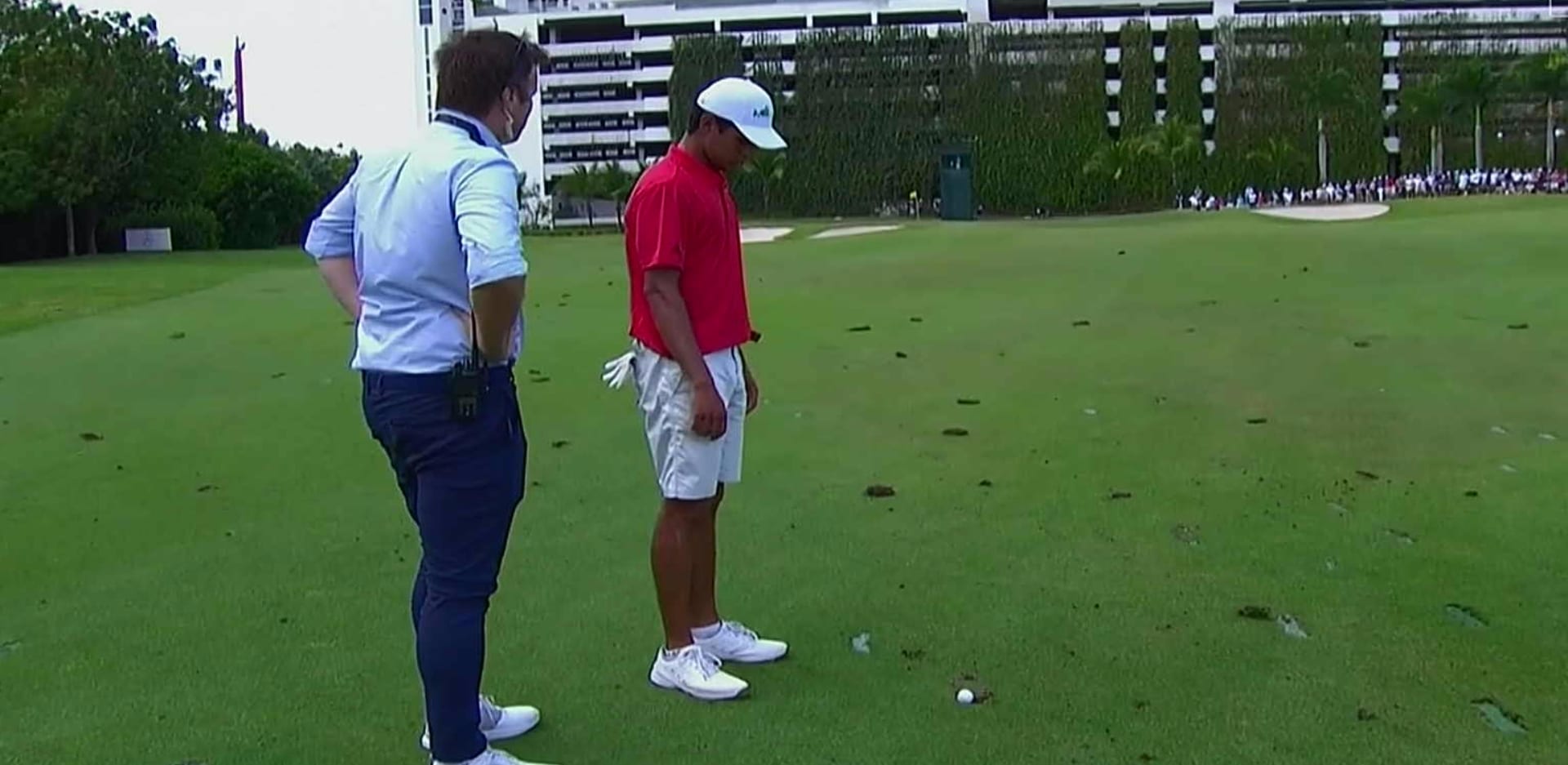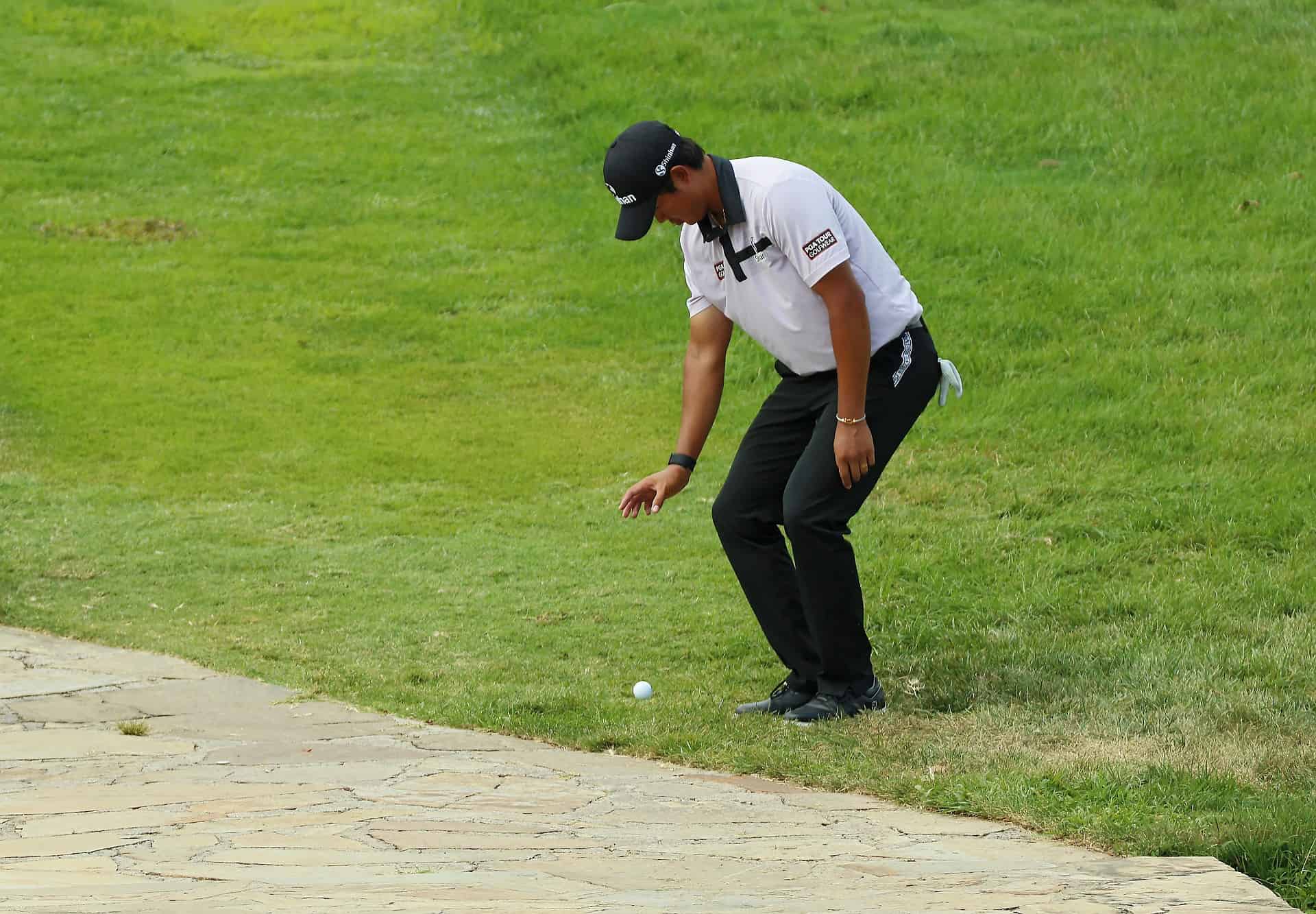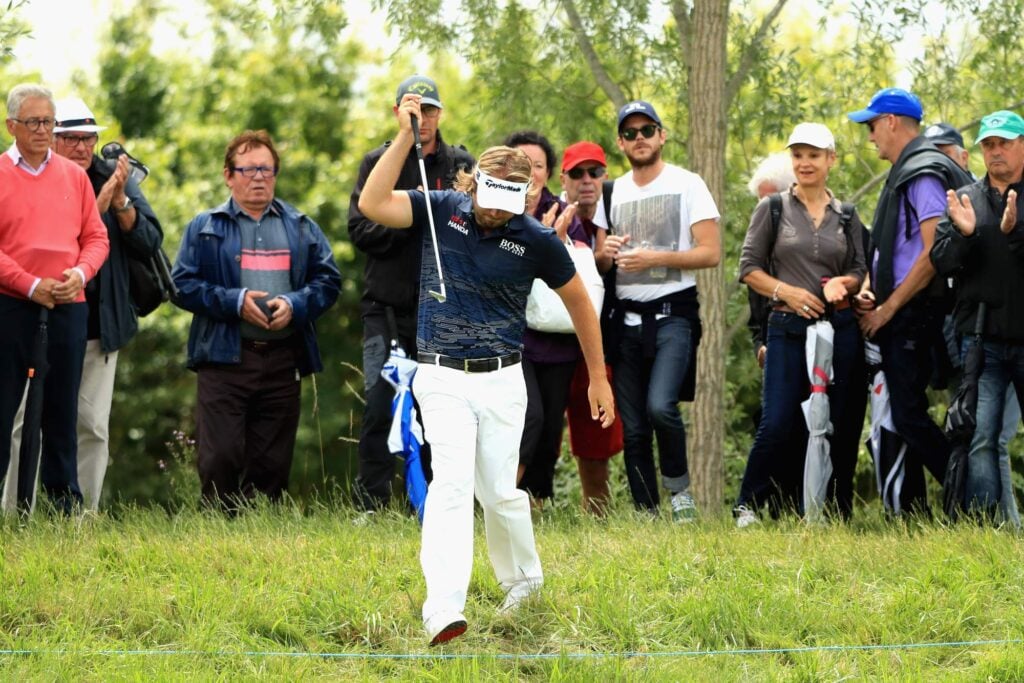
Everything you need to know about stroke and distance
Dreaded by club players and pros alike, our Rules of Golf expert gives you the lowdown on one of our sport’s toughest penalties
I’ve incurred penalties for all sorts of things on the golf course over the years. Let’s face it, we all have. Nothing, though, stings quite like the pain of stroke and distance.
It’s so frustrating. You line up for your shot full of optimism, only to flail one out of bounds and have the misery of not only reloading and hitting again but also adding a penalty stroke to your score.
You’ll be familiar with this scenario, and it’s one of the most common ways of utilising stroke and distance. But how much do you know about it, and did you know it hasn’t always been quite a strict? Let’s take a look…
Everything you need to know about stroke and distance
What is stroke and distance?
It’s so important it has its own definition in the Rules of Golf. Luckily for us, it spells it out very simply too. Stroke and distance is the “procedure and penalty when a player takes relief under Rules 17, 18 or 19 by playing a ball from where the previous stroke was made”.
Rule 17 applies to penalty area relief, Rule 18 is all about lost balls and out of bounds, and Rule 19 covers unplayable balls.
Note that some of these rules have other options you can take – like lateral relief and back-on-the-line relief – so stroke and distance is part of an armoury you can unveil when you get into a tricky spot.
What does stoke and distance mean? Pretty much what it says on the tin. You have to tack on a penalty shot (stroke) and you lose the “benefit of any gain of distance towards the hole from the spot where the previous stroke was made”.
When can I take stroke and distance?
Any time you want. Rule 18.1 always gives you this option and it doesn’t matter whether your ball is on the course or not.
You can even opt for stroke and distance relief even when a Rule “requires” you to take “relief in a certain way or to play a ball from a certain place”.
Naturally, when you put a ball in play under stroke and distance you’ve got to abandon your original ball. Don’t play it, whatever you do.
Don’t be tempted even if you then find your original ball on the course and, if you were hunting for it before taking stroke and distance, it’s before the end of the three-minute search time.
Not only will you have collected a one-shot penalty for taking stroke and distance relief in the first place, you’ll have to add a two stroke sanction (loss of hole in match play) for playing a wrong ball.

When must I take stroke and distance?
We talked a little earlier about stroke and distance being part of the toolkit at a player’s disposal when thinking about what penalty relief to take under various rules.
There are no options, however, when you’ve either lost a ball or hit it out of bounds. In these circumstances, you must take stroke and distance relief.
Has it always been this harsh?
Stroke and distance, and the way it has been used for both lost balls and out of bounds in particular, has had a colourful history in the Rules of Golf stretching back to 1775.
Without getting into massive detail (read Kenneth Chapman’s The Rules of the Green if you want chapter and verse), penalties over the years have ranged from loss of hole in match play, to stroke only, distance only, and what we know today.
What applied also differed depending on whether your jurisdiction fell under the auspices of the R&A or USGA. Today’s regulations have been in place since 1968 so don’t hold your breath if you’re hoping for more changes any time soon.
What about that Local Rule?
Yes, the infamous Alternative to Strokes and Distance for Lost Ball or Ball out of Bounds – or Model Local Rule E-5 to reveal its snappier Sunday name.
I say infamous because CONGU basically shut the door on it barely weeks after it was unveiled by the R&A and USGA by decreeing it could not be used in events that counted for handicap.
So many clubs, wary of causing confusion on what applied inside and outside of competitions, just didn’t bother bringing it in.
You can read everything you need here, as it takes up the best part of six pages in the Official Guide to the Rules of Golf and involves many diagrams, but it essentially tried to speed up play on the occasions where a provisional hadn’t been played.
Instead of having to take the long walk back, a player would estimate where their ball may have come to rest on the course, and then take be able to take a drop in a relief area that could get on the large side.
But what really caught everyone’s attention was the ability to drop within two club lengths from a fairway reference point – essentially giving you the chance to put it in the short stuff.
You couldn’t use it if your ball was known, or virtually certain, to be in a penalty area or if you’d already hit a provisional ball.
You’d also tack on a two-shot penalty for that privilege – so if you lost your tee shot, you could drop on the fairway and be hitting your fourth – but that proved a step too far for handicapping chiefs.
Got a question for our expert?
Despite the changes to the Rules of Golf in 2019 and 2023, there are still some that leave us scratching our heads. I’ll try to help by featuring the best of your queries in this column.
What do you think about these stroke and distance rules? Let me know by leaving a comment on X.
Steve Carroll

A journalist for 25 years, Steve has been immersed in club golf for almost as long. A former club captain, he has passed the Level 3 Rules of Golf exam with distinction having attended the R&A's prestigious Tournament Administrators and Referees Seminar.
Steve has officiated at a host of high-profile tournaments, including Open Regional Qualifying, PGA Fourball Championship, English Men's Senior Amateur, and the North of England Amateur Championship. In 2023, he made his international debut as part of the team that refereed England vs Switzerland U16 girls.
A part of NCG's Top 100s panel, Steve has a particular love of links golf and is frantically trying to restore his single-figure handicap. He currently floats at around 11.
Steve plays at Close House, in Newcastle, and York GC, where he is a member of the club's matches and competitions committee and referees the annual 36-hole scratch York Rose Bowl.
Having studied history at Newcastle University, he became a journalist having passed his NTCJ exams at Darlington College of Technology.
What's in Steve's bag: TaylorMade Stealth 2 driver, 3-wood, and hybrids; TaylorMade Stealth 2 irons; TaylorMade Hi-Toe, Ping ChipR, Sik Putter.


